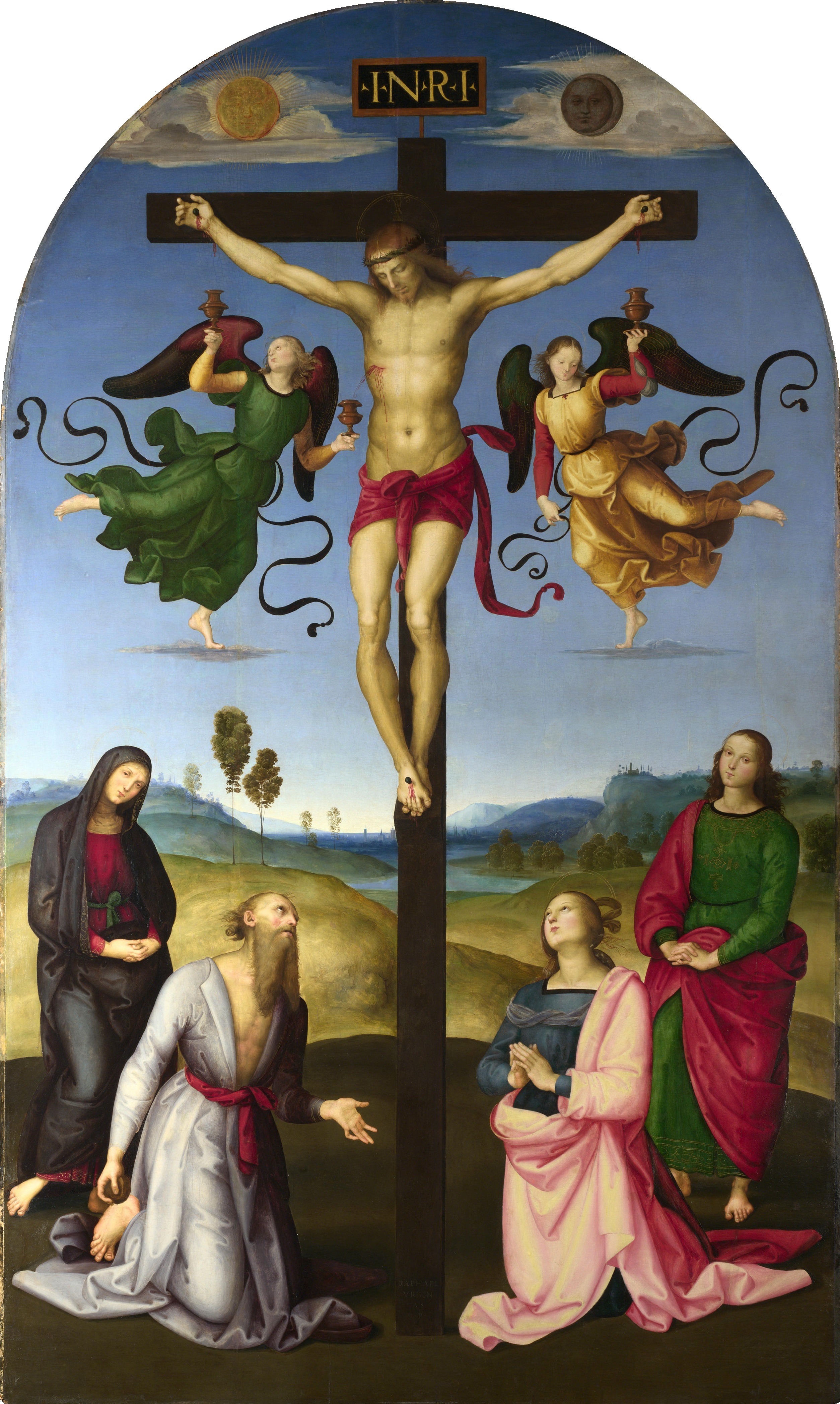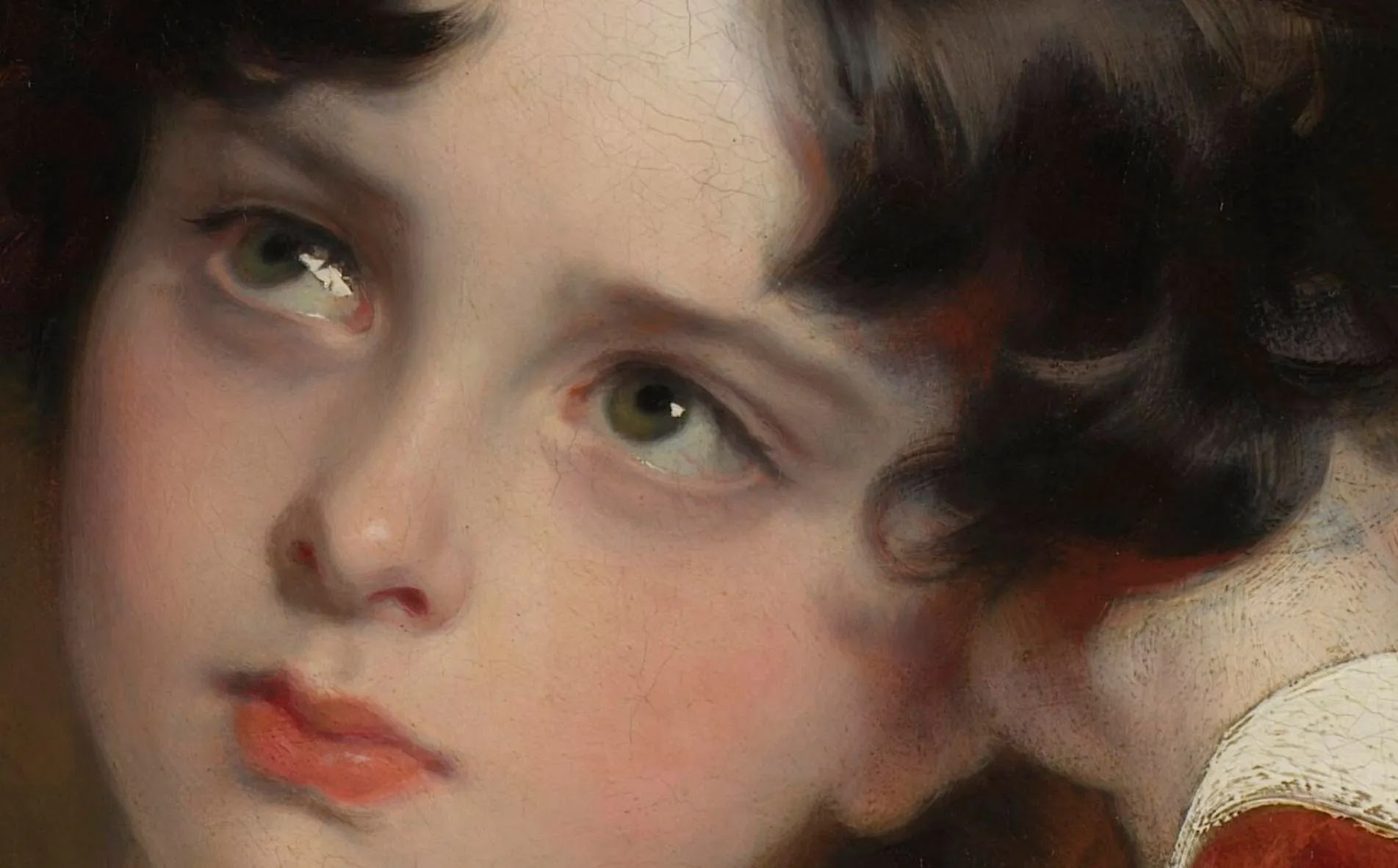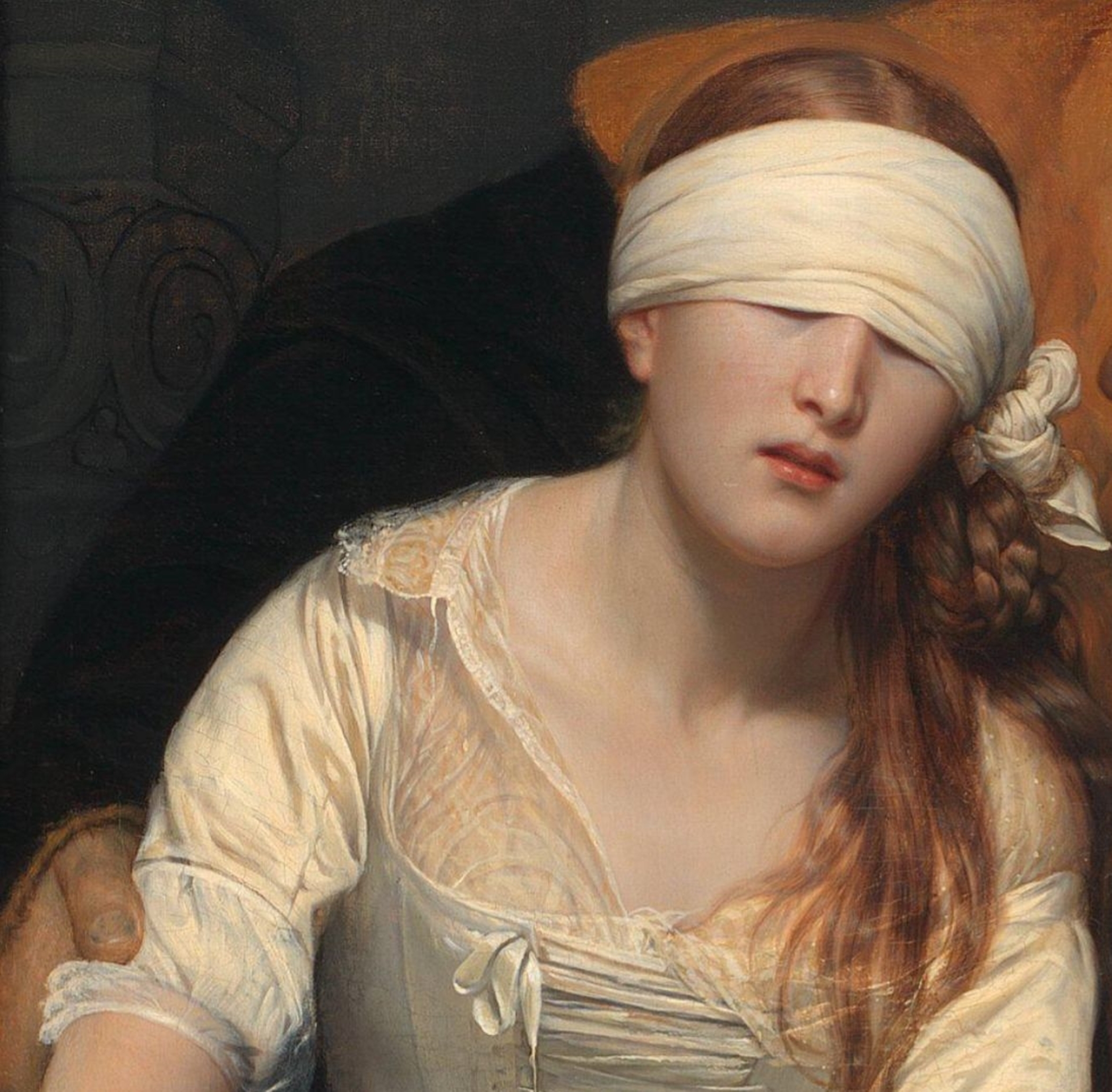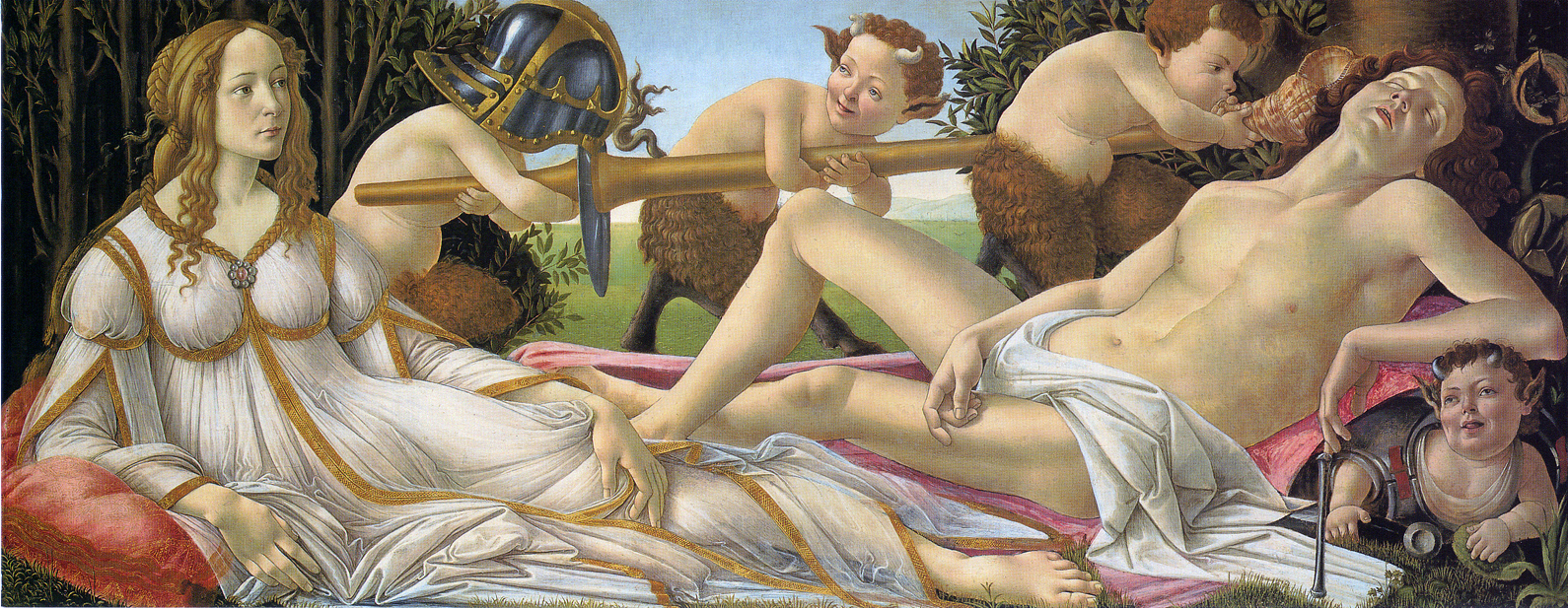Butterflies is a series paintings made by Vincent van Gogh in 1889 and 1890.
Van Gogh made at least four paintings of butterflies and one of a moth.
The metamorphosis of the caterpillar into a butterfly was symbolic to Van Gogh of men and women's capability for transformation.
Vincent van Gogh | Butterflies and Poppies | Van Gogh Museum














